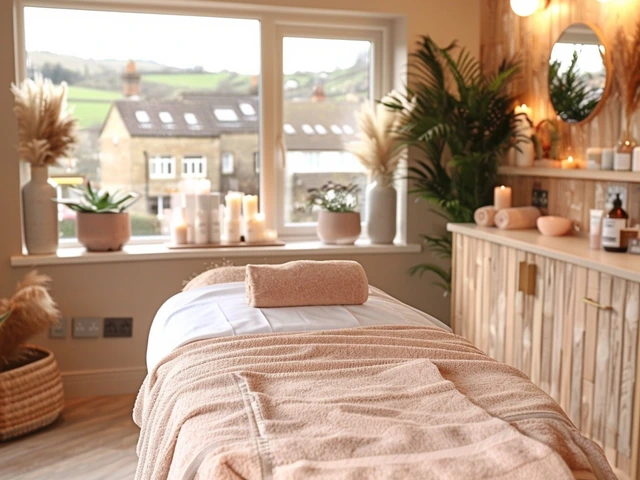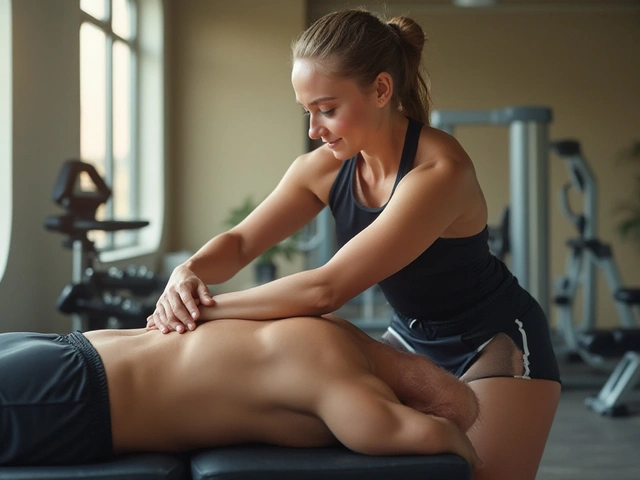Mental Wellness: Practical Tools for You and Your Dog
Stress and mood aren’t just in your head—they show up in your body and in your dog’s behavior. Dogs read our tone, movement, and tension, so simple changes to your routine can calm both of you. Below are clear, usable tactics you can try today, whether you want faster focus, better sleep, or a calmer pup at home.
Daily habits that actually work
Start small. Pick one 5-minute practice and do it twice a day. Try a breathing pattern: inhale 4 seconds, hold 4, exhale 6. That slows your heart rate and signals your brain to relax. Pair it with a short walk—movement helps mood chemicals release and gives your dog structure.
Food matters. Add omega-3 rich foods like salmon or ground flaxseed for you and ask your vet about omega-3 for your dog; these fats support brain function and steady mood. Swap sugary snacks for a handful of nuts or a yogurt to avoid energy spikes that fuel anxiety.
Set tiny, specific goals. Instead of “reduce stress,” aim for “10 minutes of quiet time after dinner” or “one 20‑minute walk each morning.” Small wins stack into habit and make calm feel normal.
Hands-on tools you can use now
Touch is powerful. Canine massage and simple pressure techniques ease muscle tightness and lower stress hormones. Try a 5–10 minute session: long, slow strokes along the back and gentle circular motions on the shoulders. Watch your dog’s body language—soft eyes, relaxed jaw, and loose tail mean you’re helping.
Biofeedback tech has moved out of clinics and into apps and wrist devices. Heart rate variability (HRV) feedback helps you learn when you’re tense and shows how breathing affects calm. Use a short guided session to practice slowing your breathing and watching the numbers drop. It trains you faster than guessing.
Creative outlets work when words don’t. Draw, hum, or move for five minutes. Music and art reduce stress and make it easier to shift your mood. Try playing calm music during your dog’s rest time—many dogs respond to low, steady sounds and settle quicker.
Learn one progressive relaxation routine: tighten a muscle group for 5 seconds, then release and notice the drop in tension. Move up the body in short steps. This teaches your nervous system the difference between tense and relaxed, making relaxation automatic over time.
Small, consistent practices beat perfect routines. Pick one breathing exercise, one food swap, and one hands-on habit like massage or biofeedback. Keep it simple, track what changes, and tweak as you go. Your calm will ripple to your dog, and both of you will notice the difference in days, not months.

Exploring Mental Health Innovations: Key Trends Shaping Our Future
The mental health landscape is rapidly evolving, driven by technological innovations and a growing awareness of mental well-being. This article explores key future trends in mental health, such as the integration of AI in therapy and the rise of digital mental health tools. It discusses the importance of personalized treatment approaches and the impact of global accessibility to mental health resources. The piece aims to inform readers about upcoming changes and provide practical insights into navigating these shifts.

Stress Reduction Techniques for Enhanced Health and Wellbeing
Stress reduction plays a crucial role in achieving and maintaining optimal health. By implementing various stress relief techniques, individuals can significantly improve their mental and physical wellbeing. This article delves into effective methods to alleviate stress, highlighting the connection between stress management and long-term health benefits. Understanding these techniques can empower individuals to cultivate a balanced and healthy lifestyle.

Effective Stress Reduction Techniques for Everyday Life
Stress is an inevitable part of life, but there are numerous ways to manage it effectively. From ancient practices like meditation to modern techniques such as mindful breathing, everyone can find a method that works best for them. This article delves into practical strategies and insights that help lower stress levels, ensuring a more balanced and fulfilled life. Learn how to adapt these techniques into daily routines to promote mental and physical well-being.

Meditation: An Essential Tool for Mental Wellness
Hey, it's me again, and this time let's delve deeper into how meditation can be a vital tool in fostering mental wellness. My post focuses on understanding how this age-old practice can help manage stress, promote inner peace, and enhance self-awareness. Moreover, it demonstrates easy and practical ways of incorporating meditation in our increasingly busy lives. So, join me on this journey of self-discovery and mental wellbeing through a meditation practice.




